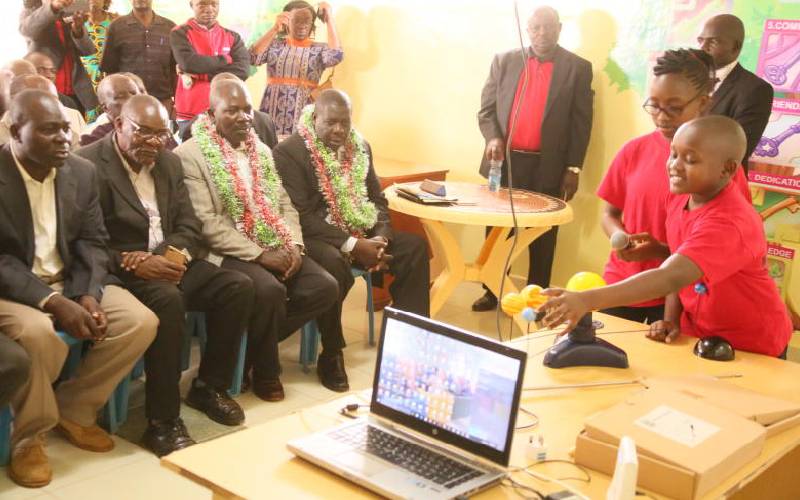×
The Standard e-Paper
Home To Bold Columnists

Pupils demonstrate how the solar system works during the opening of Dschool World of Learning Education park at Ejinja, Kakamega, on Sunday. [Benjamin Sakwa, Standard]
A new teaching method that replaces the teacher with modern technology has been launched in Western Kenya.